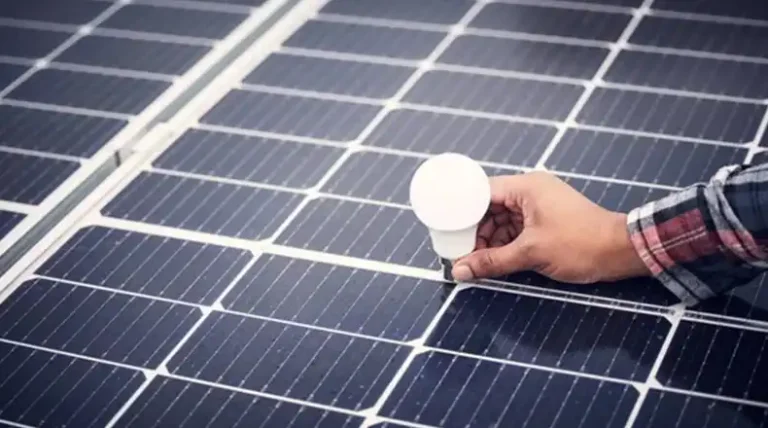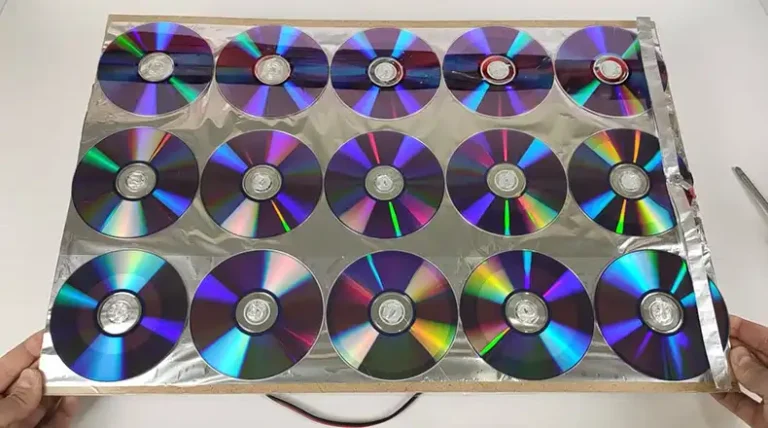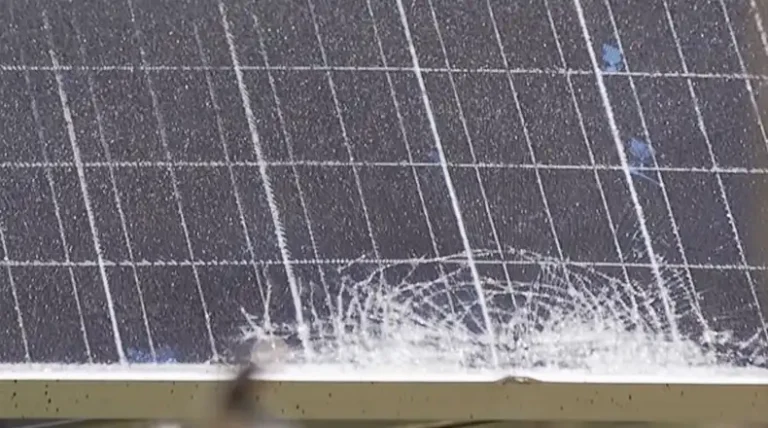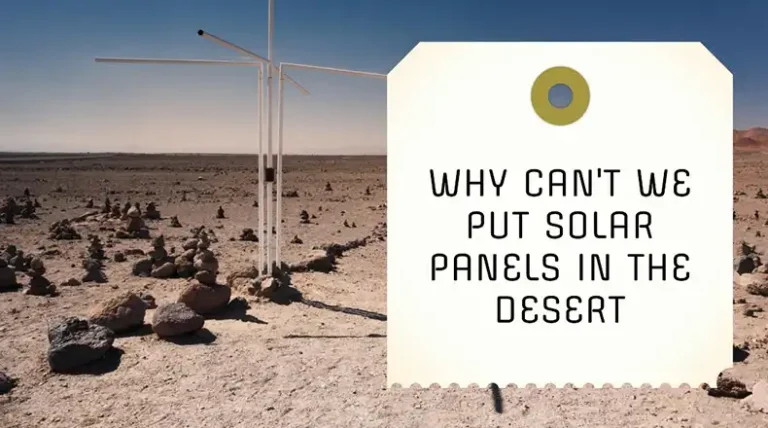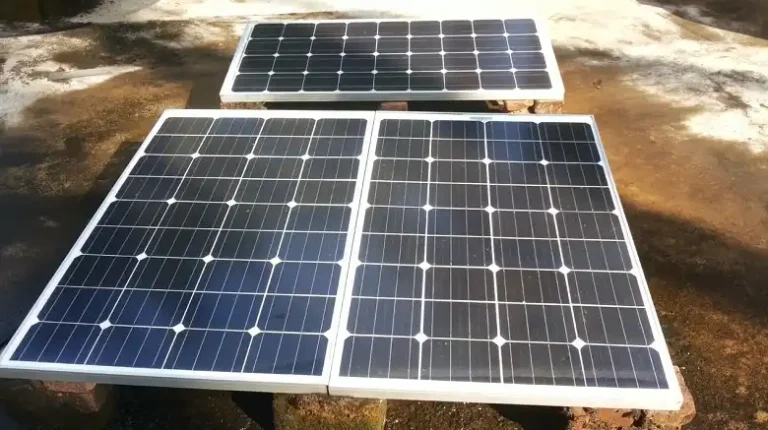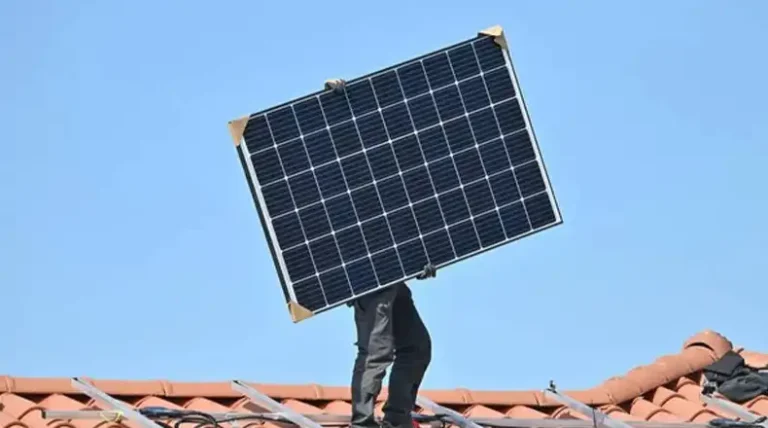Can Solar Panels Be Installed in the Rain?
With the growing interest in sustainable energy solutions, solar panels have found their way to rooftops globally. Yet, for all their eco-friendliness, their installation process has always been a topic of debate. Can they truly be installed during inclement weather, such as in the rain?
While it’s technically possible to install solar panels in the rain, it’s not always the best choice. But don’t be disheartened!
To make an informed decision, understanding the risks, benefits, and best practices is crucial. This article will provide you with all the details you need.
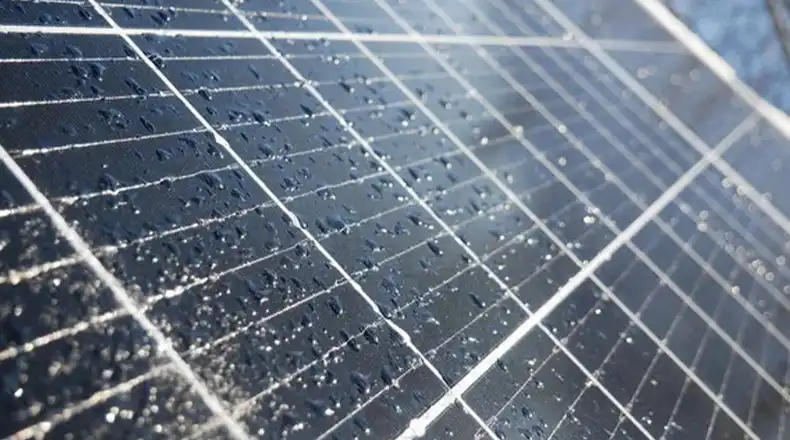
Is the Installation of Solar Panel Possible in Rain
Installing solar panels in light rain isn’t strictly off-limits. However, heavy rain, thunderstorms, or gusty conditions should be avoided. Water conducts electricity, and the combination of wet equipment and electrical connections can be hazardous.
Let’s learn the possible risks of installing solar panels in the rain.
Possible Risks and Concerns of Installing Solar Panels in the Rain
Installing solar panels in the rain can present several risks, not just for the equipment but also for the installers. Here’s a detailed look at those possible risks:
- Safety Hazards for Technicians:
- Slippery Surfaces: Rain can make rooftops slick, increasing the likelihood of installers slipping and falling.
- Electrocution: Solar panel installation involves connecting electrical wires and components. If these components get wet, there’s a risk of electric shock.
- Equipment Slippage: Wet conditions can make it hard to grip tools and panels, leading to potential accidents.
- Electrical Concerns:
- Short Circuits: Water is a good conductor of electricity. If water makes its way into connections or unfinished electrical setups, it can cause short circuits.
- Component Damage: Wet conditions might damage inverters, batteries, or other related electrical equipment if they are exposed and not yet properly sealed.
- Compromised Installation Quality:
- Misalignment: Rain can hinder visibility and precision, potentially leading to misaligned panels, which can impact their efficiency.
- Weak Adhesion: The adhesives or sealants used might not set or bond correctly in wet conditions, leading to potential panel detachment or leaks in the future.
- Rust and Corrosion: If non-stainless fixtures or components get wet and are not dried properly, they might rust or corrode over time, affecting the longevity and efficiency of the system.
- Equipment Deterioration:
- Water Damage: Prolonged exposure to rain during installation can damage the panels themselves, especially if they are not yet sealed or if their protective layers get compromised.
- Impacted Performance: If connections are made improperly due to rain interference, the panels’ performance might be hindered.
- Extended Installation Time:
- Pauses Due to Heavy Rain: Installation might have to be halted during heavy downpours, leading to extended installation times and potential scheduling conflicts.
- Additional Drying Time: Even after the rain stops, there might be a need to wait for components and surfaces to dry before resuming installation.
- Financial Implications:
- Damaged Components: If any parts get damaged during the rain, they might need replacement, adding to the cost.
- Extended Labor Hours: Pauses and extended drying times can result in increased labor costs if technicians are paid hourly.
In light of these risks, it’s often recommended to consult with your installation company and possibly reschedule the installation if heavy rain is forecasted. However, it is always best to install solar panel in the sunny or mild days. A slight cloud cover or cooler temperatures won’t hamper the process, but avoid extremes such as high winds, thunderstorms, or snow.
Tips for Wet Weather Installation
If you’re considering solar panel installation during wet weather, it’s essential to be well-prepared to ensure the safety of the workers and the integrity of the installation. Here are some tips for managing solar panel installations during wet conditions:
- Slip-resistant Footwear: Ensure all installers wear footwear with a good grip to minimize the risk of slips on wet surfaces. Make sure ladders are stable and, if possible, have someone hold them, especially when ascending or descending with equipment.
- Seal Electrical Components: Cover open electrical connections with waterproof tarps or covers to prevent water ingress. Any connections made should be promptly sealed to prevent moisture from entering.
- Be Prepared: Regularly check the weather forecast. If heavy rain is predicted, consider rescheduling the installation or certain components of it. Always have a backup plan for sudden weather changes. This could include having a covered area ready or a plan for quickly covering and protecting equipment.
- Avoid Electrostatic Buildup: Wet conditions can increase the risk of electrostatic buildup. Make sure that all equipment is grounded properly to prevent potential shocks.
- Avoid Corrosion: Any equipment or tools that get wet should be dried promptly to prevent corrosion or damage. Before finalizing installation, ensure that no water has seeped into electrical components.
- Regular Check-ins: Have team leaders regularly check in with members to ensure they are safe and the installation is proceeding correctly. Keeping in touch with all team members, especially in louder rain conditions, ensures that everyone is on the same page regarding safety and tasks.
- Post-installation Checks: Once the installation is complete, perform thorough checks to ensure that no water has entered any of the components and that all seals are tight. Before finalizing the setup, conduct a full system test to ensure everything is operational and no wet weather-related issues persist.
- Seek Expert Advice: Some solar panel manufacturers might provide guidelines for wet weather installation. Ensure that the installation team has received training on handling installations in varied weather conditions.
While it’s always best to install solar panels in dry conditions, if you must proceed in wet weather, following these tips can help mitigate risks and ensure a successful installation.
Conclusion and Next Steps
To wrap it up, while rain doesn’t completely halt the installation process, it’s essential to weigh the risks and benefits. It’s always best to consult with your installation team and maybe even postpone if heavy rain is predicted. Remember, safety and efficiency should always come first.
Thank you for sticking with us through this enlightening journey. If you’re considering solar energy for your home, always make informed decisions. We wish you clear skies and sunny days ahead! And if you have any further questions, don’t hesitate to leave a comment below. Cheers to a greener future!
FAQs:
- Q: Is it safe for technicians to install solar panels during rain?
- A: While light rain might be manageable, heavy rain can pose risks. It’s essential to prioritize the safety of technicians.
- Q: Will rain damage my newly installed solar panels?
- A: Solar panels are designed to be weather-resistant, but constant exposure during installation might affect their efficiency. It’s always best to ensure they’re dried properly post-installation.
- Q: Can rain impact the efficiency of solar panels?
- A: Once installed, rain can actually help clean the panels. However, consistent rainy or cloudy days can reduce energy generation.
- Q: How do I prepare for a rainy day installation?
- A: Consult with your installation company. They’ll provide guidelines on what to expect and any preparations needed.
- Q: Are there any alternatives if installation during rain is risky?
- A: Postponing the installation to a clearer day or ensuring the conditions are safe for installation are the best options.

